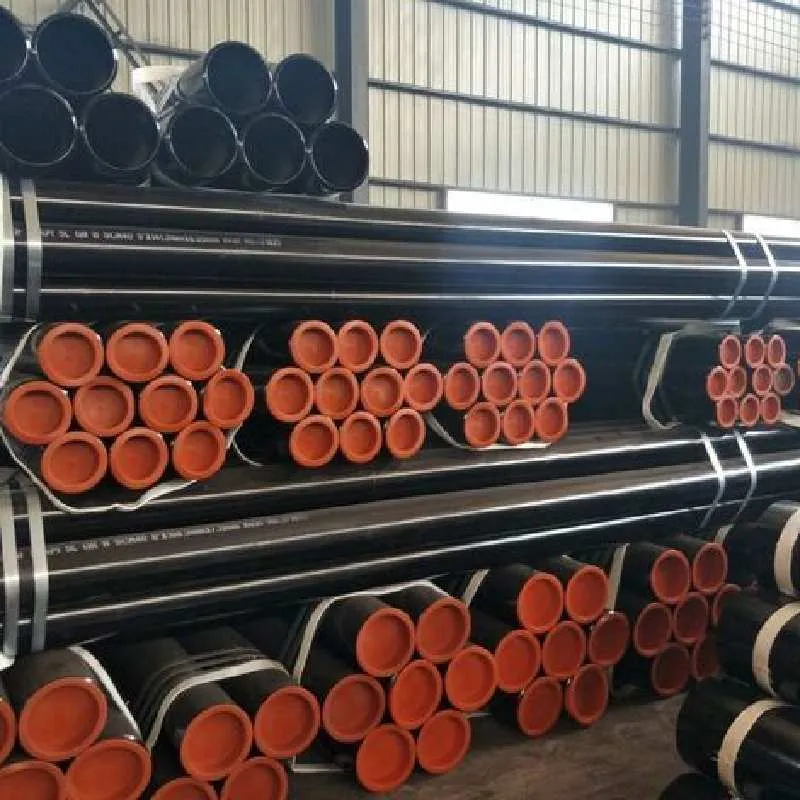-
Cangzhou Yulong Steel Co., Ltd.
-
Phone:
+86 13303177267 -
Email:
admin@ylsteelfittings.com
- English
- Arabic
- Italian
- Spanish
- Portuguese
- German
- kazakh
- Persian
- Greek
- French
- Russian
- Polish
- Thai
- Indonesian
- Vietnamese
- Zulu
- Korean
- Uzbek
- Hindi
- Serbian
- Malay
- Ukrainian
- Gujarati
- Haitian Creole
- hausa
- hawaiian
- Hebrew
- Miao
- Hungarian
- Icelandic
- igbo
- irish
- Japanese
- Javanese
- Kannada
- Khmer
- Rwandese
- Afrikaans
- Albanian
- Amharic
- Armenian
- Azerbaijani
- Basque
- Belarusian
- Bengali
- Bosnian
- Bulgarian
- Catalan
- Cebuano
- China
- China (Taiwan)
- Corsican
- Croatian
- Czech
- Danish
- Esperanto
- Estonian
- Finnish
- Frisian
- Galician
- Georgian
- Kurdish
- Kyrgyz
- Lao
- Latin
- Latvian
- Lithuanian
- Luxembourgish
- Macedonian
- Malgashi
- Malayalam
- Maltese
- Maori
- Marathi
- Mongolian
- Myanmar
- Nepali
- Norwegian
- Norwegian
- Occitan
- Pashto
- Dutch
- Punjabi
- Romanian
- Samoan
- Scottish Gaelic
- Sesotho
- Shona
- Sindhi
- Sinhala
- Slovak
- Slovenian
- Somali
- Sundanese
- Swahili
- Swedish
- Tagalog
- Tajik
- Tamil
- Tatar
- Telugu
- Turkish
- Turkmen
- Urdu
- Uighur
- Welsh
- Bantu
- Yiddish
- Yoruba

Oct . 07, 2024 21:28 Back to list
galvanized pipe cleaning
Cleaning Galvanized Pipes A Comprehensive Guide
Galvanized pipes, made from steel coated with a layer of zinc, have been widely used in plumbing systems, especially in older homes. While they are known for their durability and resistance to rust, over time, galvanized pipes can accumulate mineral deposits, rust, and other debris, which can lead to reduced water flow and low water quality. Hence, regular cleaning and maintenance of galvanized pipes are essential to ensure their functionality and longevity. This article provides a detailed guide on effectively cleaning galvanized pipes.
Understanding the Challenges
Before diving into cleaning methods, it’s important to understand the unique challenges posed by galvanized pipes. Over the years, the zinc coating can wear off, which may cause the underlying steel to corrode, ultimately contaminating the water supply. Additionally, mineral build-up can restrict water flow, leading to plumbing issues. Therefore, understanding the condition of your pipes is the first step in the cleaning process.
Step-by-Step Cleaning Process
1. Inspection Before beginning the cleaning process, visually inspect the pipes for any signs of leaks, corrosion, or excessive build-up. Using a flashlight can help identify areas with significant deposits. If the corrosion is severe, you may need to consider replacing sections of the pipe.
2. Turning Off Water Supply Always start by turning off the water supply to the pipes you will be cleaning. This will prevent any water flow during the cleaning process, ensuring a safer and more effective clean.
galvanized pipe cleaning

3. Prepare Cleaning Solution A mixture of vinegar and baking soda is an effective, non-toxic solution for cleaning galvanized pipes. The acidity of vinegar helps dissolve mineral deposits, while baking soda can break down rust and grime. For a stronger solution, consider using a commercial pipe cleaner specifically formulated for galvanized pipes, making sure it is safe for metal.
4. Applying the Cleaner Pour the cleaning solution into the pipes. If possible, use a funnel or a pipe cleaner tool to ensure even distribution. Allow the solution to sit for at least 30 minutes to break down the deposits effectively.
5. Scrubbing After the solution has had time to work, use a pipe brush or a stiff bristle brush to scrub the inside of the pipes, focusing on areas with visible build-up. Be gentle to avoid damaging the pipe's interior, especially if the zinc coating has worn away.
6. Rinsing Once you’ve scrubbed the pipes, rinse them thoroughly with clean water to remove any remaining cleaner and loosened debris. If possible, connect a hose to ensure a strong water flow through the pipes.
7. Recheck and Maintain After rinsing, recheck the pipes for any remaining build-up or issues. If you notice persistent problems, consider repeating the process or consulting a professional plumber. Regular maintenance—such as flushing your pipes periodically—can help prevent future issues.
Conclusion
Cleaning galvanized pipes is vital for maintaining a healthy plumbing system. By regularly inspecting and cleaning your pipes, you can address issues before they escalate, ensuring better water quality and flow. While the DIY approach using vinegar and baking soda is effective, don't hesitate to seek professional help for severe cases to ensure the best outcome for your plumbing system. With proper care, galvanized pipes can continue to serve you well for many years.
Latest news
-
ANSI 150P SS304 SO FLANGE
NewsFeb.14,2025
-
ASTM A333GR6 STEEL PIPE
NewsJan.20,2025
-
ANSI B16.5 WELDING NECK FLANGE
NewsJan.15,2026
-
ANSI B16.5 SLIP-ON FLANGE
NewsApr.19,2024
-
SABS 1123 FLANGE
NewsJan.15,2025
-
DIN86044 PLATE FLANGE
NewsApr.19,2024
-
DIN2527 BLIND FLANGE
NewsApr.12,2024
-
JIS B2311 Butt-Welding Fittings LR/SR 45°/90° /180°Seamless/Weld
NewsApr.23,2024











